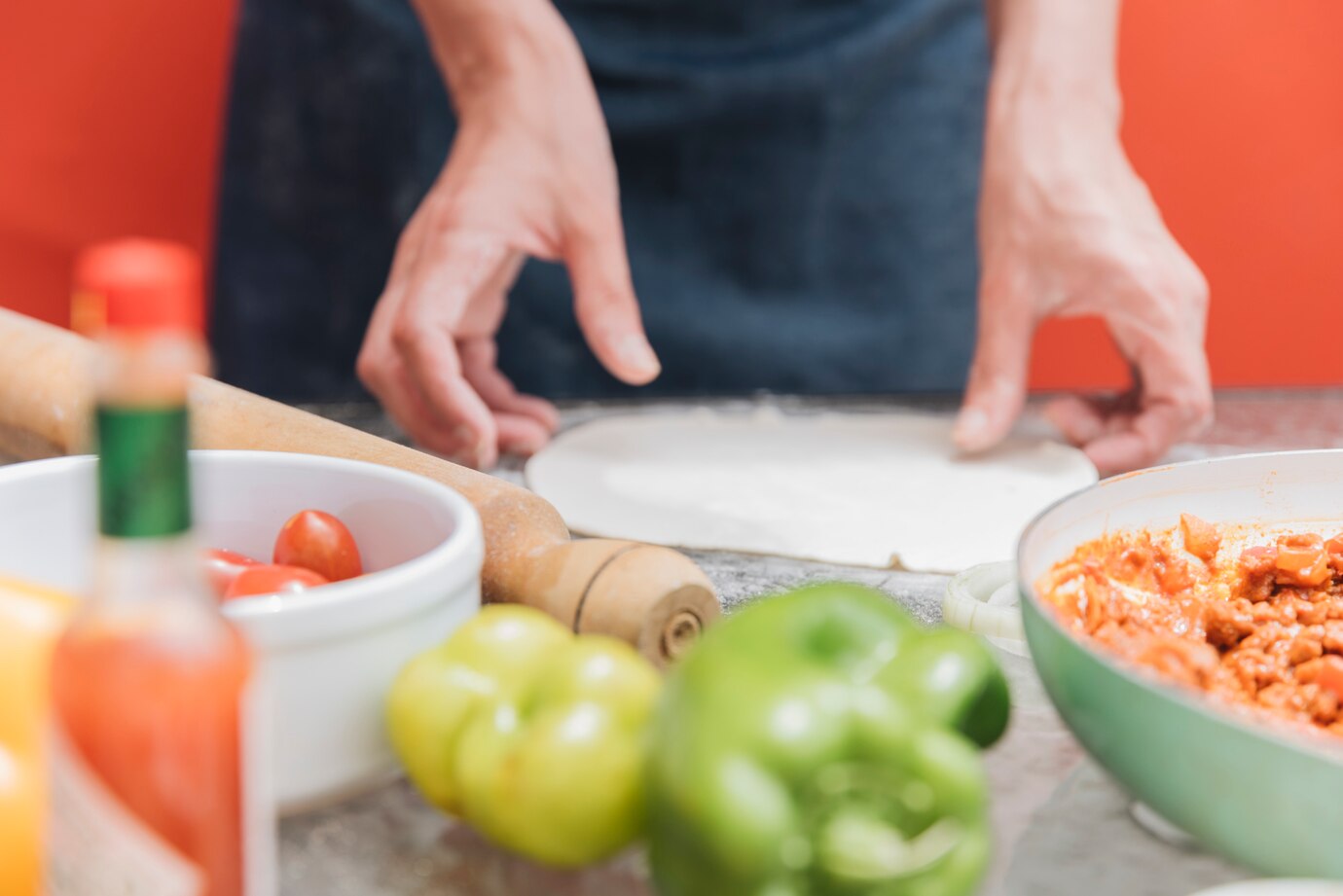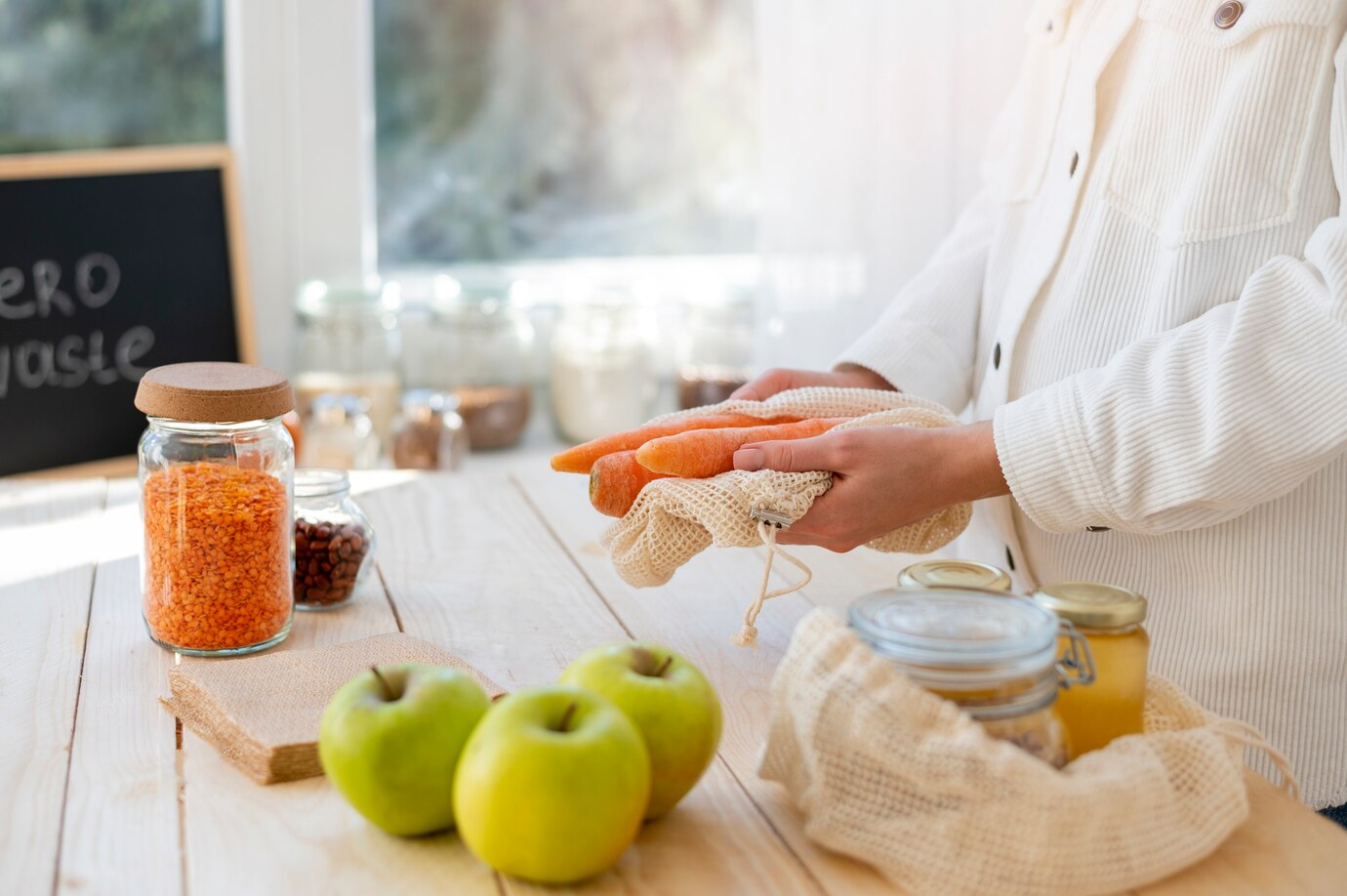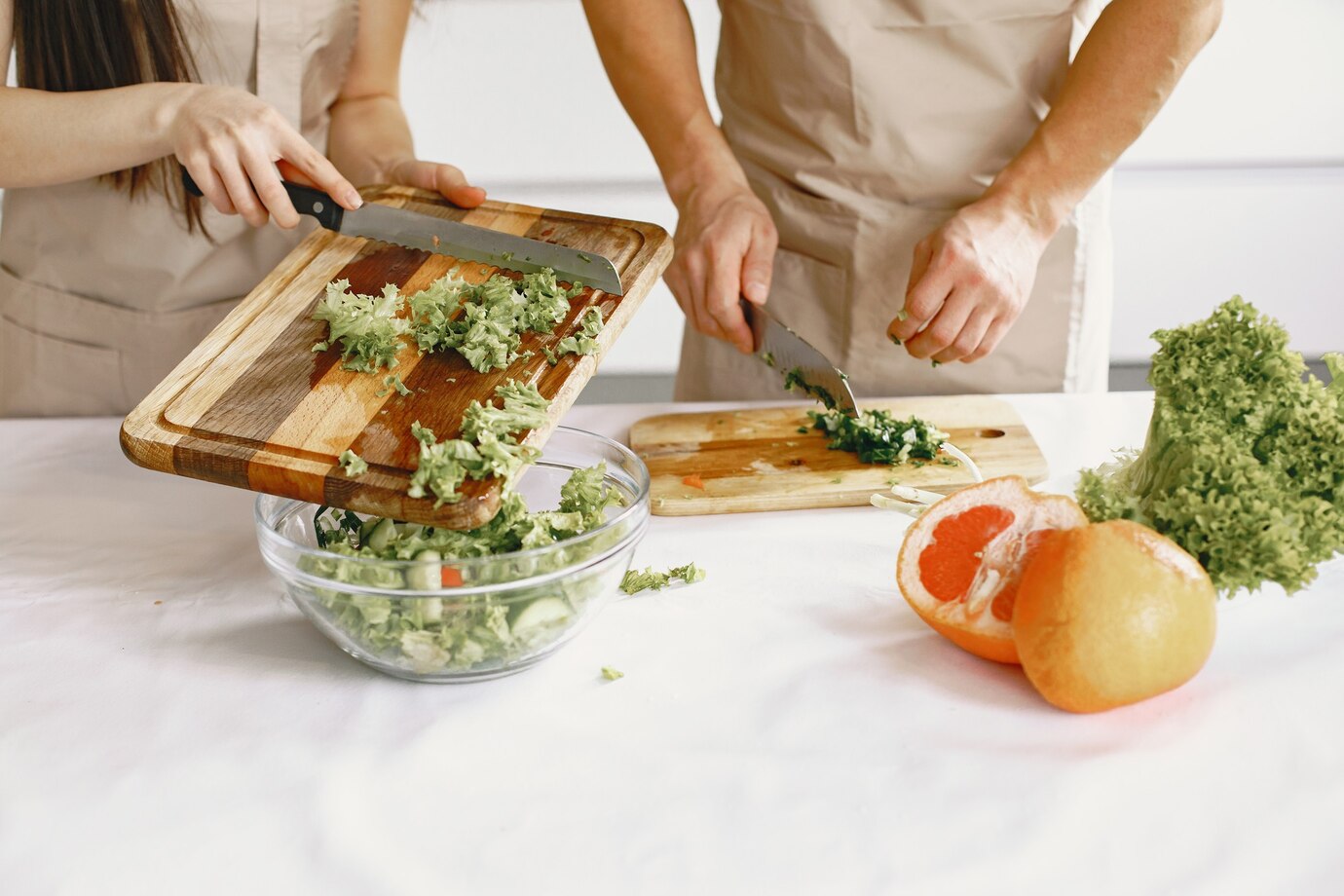Ensure a healthier kitchen with our tips on safe food preparation. Learn essential techniques to prevent foodborne illnesses.
Secure food training is vitally essential when it involves maintaining a healthful kitchen. As someone who likes spending time in the kitchen, taking the ideal steps can make a chief difference in stopping foodborne illnesses and making sure that each meal I create isn’t always the simplest tasty but also safe to eat. Today, I need to provide five fundamental strategies for safe food practices to help you construct a wholesome kitchen environment. These ideas are based on my own stories and conduct, which have saved my kitchen security and my family’s health.
Introduction:
Cooking is one of my largest pastimes. However, I quickly observed that making ready meals nicely is just as vital as making fantastic dishes. Safe food coaching is the cornerstone of a wholesome kitchen, and we all want to pay attention to it, whether cooking for ourselves or loved ones. Have you ever worried if you’re doing the whole lot you can to make your kitchen safe? Let’s dig into some key recommendations to alternate your kitchen into a refuge of health and safety.

Tip 1: Hand Hygiene
Maintaining ok hand hygiene is the first and most critical step in secure meal coaching. It may sound smooth, but washing your arms successfully is one of the only strategies to keep away from germs and microorganisms in your kitchen.
I make it a practice to wash my hands completely before and after dealing with any food. This includes cleansing them for at least 20 seconds with soap and warm water. I additionally care to clean beneath my nails and among my hands. It’s astounding how often we neglect this little step, but accept it as true with me; it makes an international distinction. Have you ever noticed how easy it is to touch your face, hair, or even your cellphone whilst cooking? Keeping your arms easy can dramatically lessen the hazard of cross-contamination.
Tip 2: Safe Food Storage Practices
Proper food storage is another cornerstone of secure food coaching. Knowing how to store different kinds of meals correctly can also avoid rotting and contamination, making sure that everything you make is clean and safe to eat.
In my domestic, I always placed uncooked meats on the refrigerator’s bottom shelf to prevent their fluids from spilling onto other meals. I additionally make sure that leftovers are stored in airtight boxes and eaten up inside some days. Keeping your refrigerator at the proper temperature, preferably below forty°F (4°C), is crucial. Have you ever opened your fridge and been puzzled about whatever remains secure to devour? Proper labelling with dates can help maintain the song of how long objects were saved.
Another suggestion is to avoid overpacking your refrigerator, as this can block good air circulation and cooling. I learnt this the difficult way when I had to toss away a whole batch of ruined food. It was a useful lesson in preserving a balanced and nicely organised fridge.
Tip 3: Cooking with Care
Cooking meals to the right temperature is essential for eradicating dangerous germs that might be present in raw components. Undercooking can preserve dangerous bacteria alive while overcooking can wreck the feel and taste of your meal.
I always use a meat thermometer to test the indoor temperature of meats, chicken, and fish. For instance, floor pork should be cooked to a minimum of 160°F (71°C), whereas chook should acquire one hundred sixty five°F (seventy four°C). Have you ever sliced into a chunk of chook best to find its nonetheless purple inner? It’s better to be secure than sorry, so I always depend on my trusty thermometer.
When reheating leftovers, it’s important to deliver them to an excessively sufficient temperature to smash any germs that would have been fashioned during storage. I ensure that each reheated food reaches at least a hundred sixty five°F (seventy four°C). This easy degree can avoid numerous feasible fitness complications.
Tip 4: Preventing Cross-Contamination
Preventing move-infection is critical in safe meal processing. Cross-contamination occurs whilst risky germs are transmitted from one meal item to another via direct contact or infected surfaces and utensils.
In my kitchen, I use separate reducing boards for uncooked meats, fruits, and veggies. This method prevents the spread of pathogens from uncooked meat to uncooked meals. After each usage, I mechanically smooth my slicing boards and surfaces with a bleach solution or an expert kitchen disinfectant. Have you ever considered the number of surfaces you touch when cooking? Keeping these surfaces clean may also have a significant effect.
Another advice is to avoid using the same utensils for uncooked and cooked dishes. For example, if I use tongs to place raw birds on the grill, I transfer to a smooth set of tongs even when dealing with the cooked chicken. This simple recurring helps prevent the spread of bacteria and makes my meals safe.
Tip 5: Safe Food Handling Techniques
From shopping to serving, handling food securely is critical to stopping contamination and making sure that your food is nutritious and exciting.
When buying, I always purchase clean objects and test expiry dates. I cautiously separate raw meats from other meals to keep away from their fluids from contaminating different merchandise. Once I arrive home, I refrigerate perishable products quickly to keep them at a secure temperature.
In the kitchen, I practice right food handling by washing the culmination and vegetables below jogging water before reducing or preparing them. I also avoid placing perishable items out at room temperature for lengthy intervals. Have you ever left a dish on the counter for too long and questioned if it’s nevertheless secure to eat? Following the “-hour rule” (or one hour if the temperature is over ninety°F) can help save you from foodborne infections.
Another critical part of secure food management is ensuring that your kitchen utensils and appliances are easily and properly maintained. I continuously observe my refrigerator and freezer to verify they’re strolling efficiently and hold my kitchen devices in suitable form to minimise contamination hazards.

Conclusion
Safe food training is the idea of a healthful kitchen, and imposing these five essential steps may also greatly decrease the danger of foodborne sicknesses. By maintaining exact hand hygiene, storing meals successfully, cooking to the right temperatures, minimising go-infection, and handling meals with care, you could create a kitchen environment that promotes fitness and protection.
Remember, right meal training isn’t about obeying suggestions but building habits that grow to be 2d nature. This conduct has transformed my kitchen into a safer area, and I’m sure they can do the same for you. So, let’s embrace these guidelines and make our kitchens healthier and safer for all of us. What measures will you take today to enhance food safety in your kitchen? Share your opinions and reports – collectively, we can establish a network centred on healthy and secure cooking techniques.

